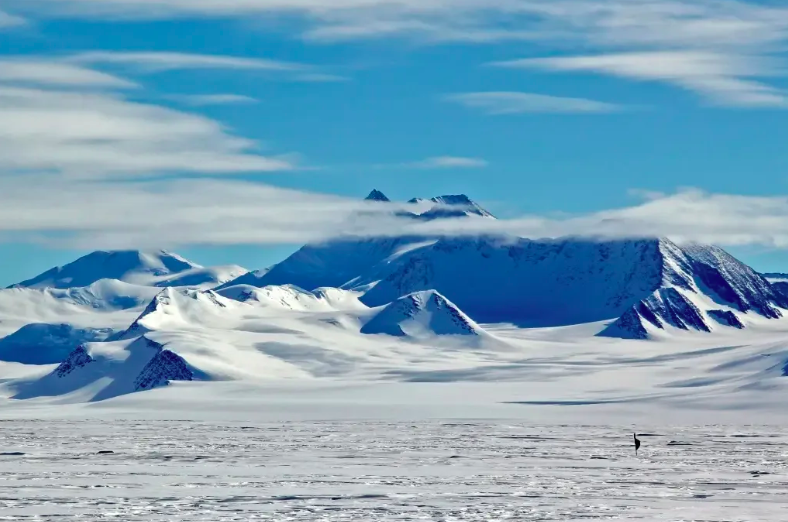Antarctic sea ice shrank last week to its smallest extent in 45 years of satellite records, US scientists said Monday (27).
The National Snow and Ice Data Center (NSIDC) at the University of Colorado at Boulder reported that Antarctic sea ice shrank to 1.79 million square kilometers on February 21.
This area exceeded the previous historic low recorded in 2022 by 136,000 km².

Scientists at NSIDC stressed that this latest figure is preliminary, as further melting may still occur at the end of the season.
They said they would publish a definitive figure on Antarctic ice extent in early March.
The melting sea ice exposes the thicker ice shelves, which support the frozen Antarctic floor, to waves and higher temperatures, but it has no noticeable impact on the sea level because the ice is already in the ocean.
However, the ice shelf, a thick freshwater glacier that covers Antarctica, is the subject of special attention from scientists because it contains enough water to cause, if it melts, a catastrophic rise in ocean levels.
“Antarctica’s response to climate change has been different from that of the Arctic,” said Ted Scambos, a researcher at the Cooperative Institute for the Study of Environmental Sciences (Cires).
“The trend of decreasing sea ice may be a sign that global warming is finally affecting the floating ice around Antarctica, but we will need to wait several years before we can be sure of that,” he added.
The Antarctic cycle undergoes large annual variations during its melting summers and freezing winters.
The continent has not experienced the rapid melting of the last four decades recorded on the Greenland and Arctic ice shelves due to global warming.
But the high melting rate since 2016 raises fears that a major declining trend is consolidating.
Sea ice melt is problematic because it helps accelerate global warming.
When white sea ice – which reflects into space up to 90% of solar energy – is replaced by a dark, thawing sea, the water instead absorbs a similar percentage of heat from the sun.
Globally, last year was one of the warmest in history, despite the cooling caused by a natural weather pattern of the La Niña climate phenomenon.
With information from AFP

